When every new pickleball paddle promises “20% more power” or “game-changing explosiveness,” we have to ask ourselves—where is this sport headed?
Walk into any pickleball store today and you’ll see the same phrases everywhere:
“Next-gen carbon fiber core! +30% power boost!”
“Designed for aggressive players—unleash your full potential!”
It’s as if pickleball manufacturers are caught in a never-ending technological arms race, each competing to make paddles harder, bouncier, and more powerful.But as industry professionals, perhaps it’s time to pause and ask:
👉 Has our obsession with power taken the game off track?
1. The Power Myth: When Numbers Overshadow Strategy
In today’s market, performance metrics have become a religion.
Speed, stiffness, pop—every brand showcases data claiming their paddle hits harder or faster than the last.
But this “power worship” is misleading.
It simplifies pickleball into a game of brute force, ignoring the sport’s strategic and psychological depth.
Classic pickleball was never about who could hit the hardest. It was about control, patience, and tactical rhythm—a battle of dinks, drops, and smart placement.
Now, with the rise of ultra-stiff paddles, we’re seeing fewer soft exchanges and more baseline slugfests.
The iconic third-shot drop, once a hallmark of skill and composure, is slowly being replaced by reckless drives and power smashes.
The result?
We’ve traded nuance for noise, and strategy for speed.
2. The Price of Power: When Control Falls Apart
The pursuit of power comes with an inevitable cost—loss of control.
Physics doesn’t lie: when more energy is transferred to the ball, precision decreases.
A harder, more reactive paddle might feel exciting in the hand, but it’s much harder to tame during play.
Imagine handing a 1,000-horsepower sports car to an everyday driver—it looks impressive, but most won’t be able to control it.
For many recreational players, extra power often means more unforced errors.
Balls fly off the court, rallies end prematurely, and frustration sets in.
As one experienced coach put it:
“I spend more time teaching players how to control their power than how to generate it. What most of them need isn’t a more powerful paddle—it’s a paddle that feels right.”
3. The Forgotten Majority: What Recreational Players Actually Need
Most brands design their “flagship” paddles with professional players in mind.
That’s understandable—but also deeply flawed.
Here’s the truth: 99% of pickleball players are not pros.
They don’t train 20 hours a week, and they don’t have elite muscle control or lightning reflexes.
So, what do these players truly need?
Is it 5% more ball speed—or 15% fewer unforced errors?
Is it explosive power—or the ability to sustain longer rallies?
For the vast majority, the answer is clear:
They want a paddle that’s forgiving, comfortable, and consistent—a paddle that lets them play longer, rally more, and enjoy the game.
Ironically, the industry’s power obsession may be raising the barrier to entry, turning an accessible, social sport into a high-speed contest that excludes casual players.
4. Finding Balance: A Call for Smarter Innovation
We’re not rejecting innovation.
We’re calling for balance—for technology that serves players, not just marketing.
Why not design paddles focused on precision and control instead of just raw power?
Why not invest in materials that improve feedback, comfort, and spin generation?
Why not create paddle systems that help players fine-tune their play style instead of forcing them to chase the next “power upgrade”?
Some brands are already shifting direction:
- Launching “control series” paddles built for spin and placement.
- Experimenting with vibration-dampening technologies for a softer, smoother feel.
- Offering adjustable weight systems, allowing players to customize balance and swing speed.
These innovations show that the industry can evolve beyond power—it just needs the will to do so.
Conclusion: Power Isn’t Everything
Pickleball’s future shouldn’t be a copy of tennis’s power race.
Its soul lies in accessibility, creativity, and connection—a sport where anyone, regardless of age or skill, can play and improve.
This “arms race” has no winners.
When brands chase power at all costs, and players keep buying “the next big thing” without seeing real improvement, everyone loses.
It’s time for a new conversation:
🗣️ What kind of paddles do we truly need?
🗣️ What kind of technology will genuinely support the growth of pickleball?
Maybe the answer isn’t in a lab—or in a marketing slogan.
Maybe it’s in the sound of the ball bouncing off a paddle in a quiet park, shared between two friends rediscovering simple joy.
The End about Mayvoci
1)Design:Over 100 paddle designs and photography service to assist start-up.
2)Professional:Focus on various of paddles manufacturing for 6 years
3)Quality:Strict quality management system to provide safety and satisfaction for customers
4)Amazon:Flexible comprehensive solution to make sure each Amazon seller is well cared.
5)Excellent Team:Experienced paddle experts & dynamic sales team give you 5-star service

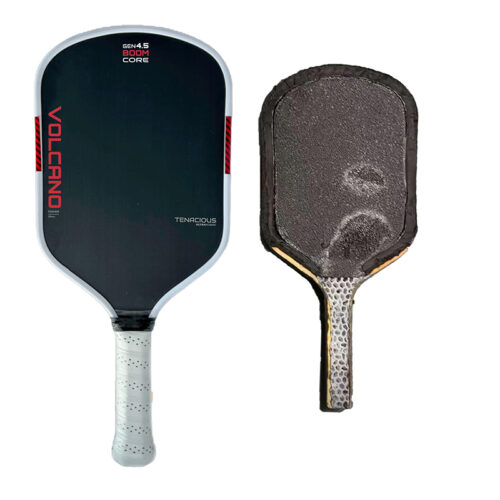
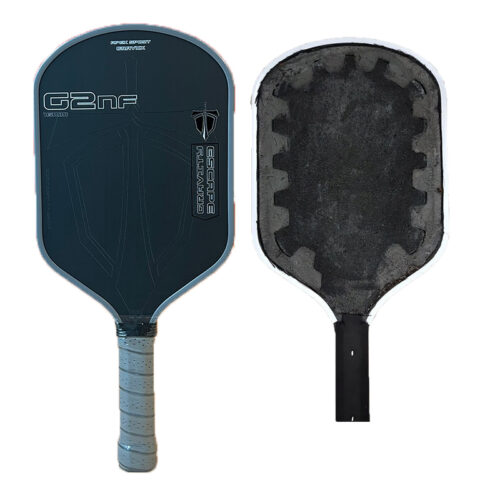
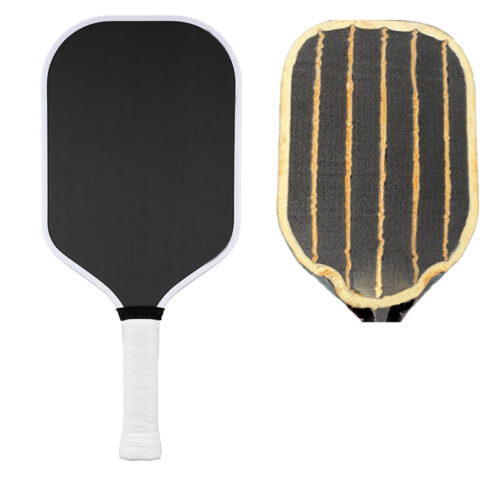
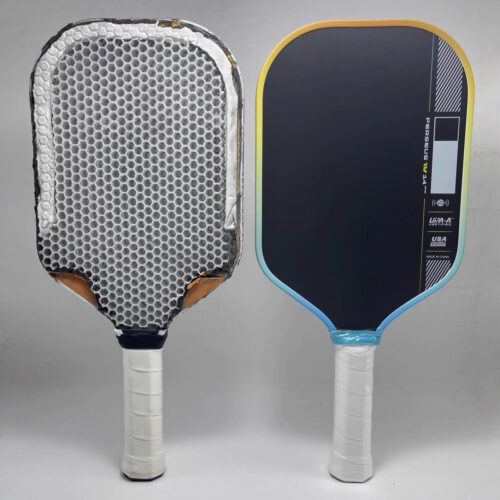

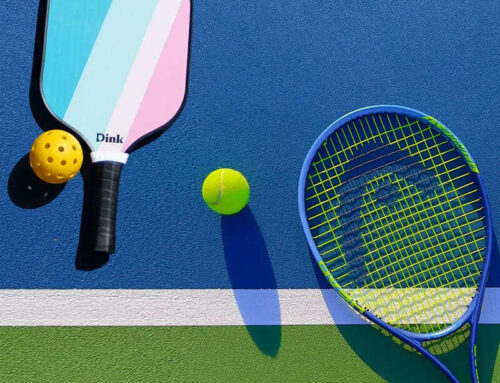
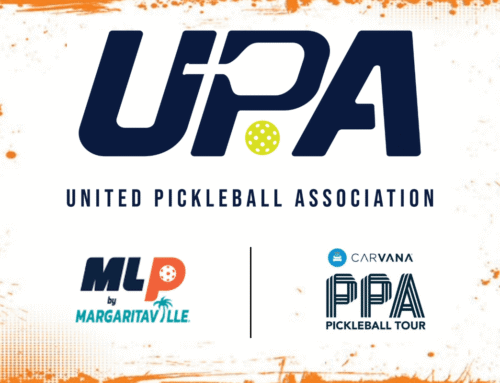
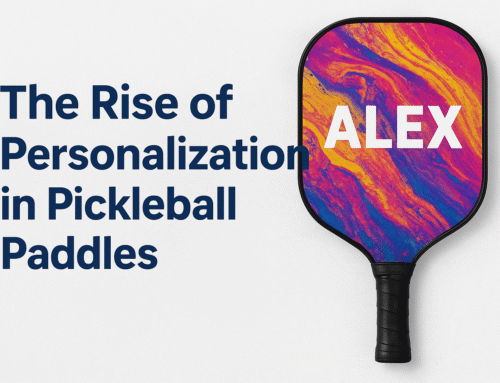

As the author, I have mixed feelings about this “power race.” We’re pushing technology to its limits, but at what cost to the game’s soul?
A seasoned player once told me, “My new paddle wins points, but it can’t create those magical dink exchanges that make pickleball special.” That stuck with me.
What’s your take? Has the pursuit of power made the game better or more one-dimensional? What innovation would you truly want to see next?
Your court-level perspective is what matters most.